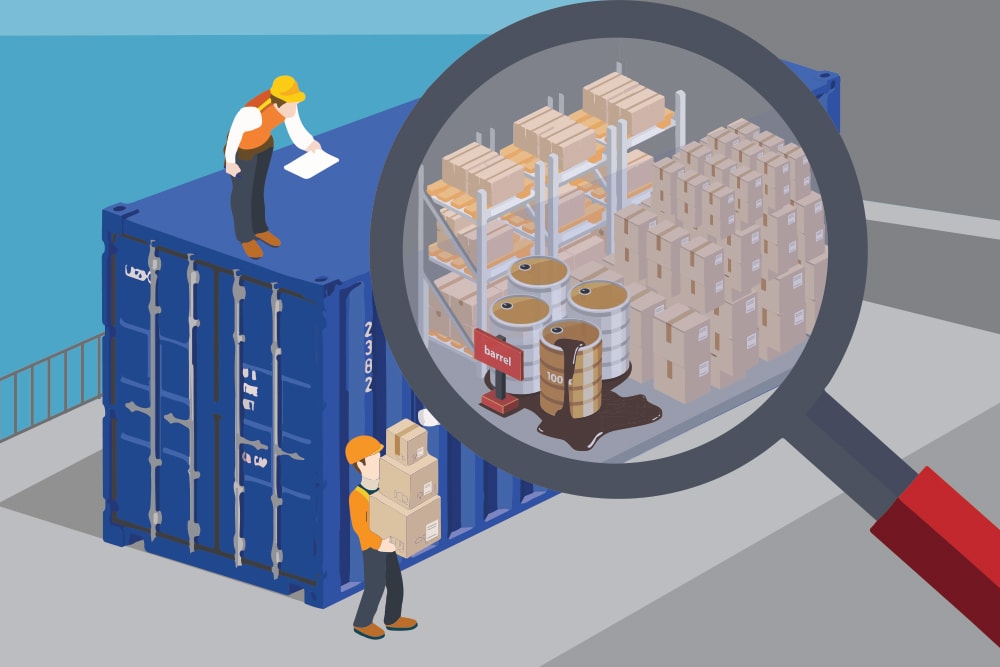Ocean shipping rates are complicated numbers. Many are wondering why shipping rates are so volatile. To answer this question, we have to discuss some factors that affect ocean shipping rates. Since shipping companies offer different services and some with customised package, rates can differ from one customer to another.
Here are some factors that have an influence on the international ocean shipping rates.
Market Demand
Peak and slow seasons affect the shipping rates. Slow seasons (typically between December through April) means there is a low demand of cargo moving thus making shipping rates low. While on peak seasons (May through November), when there is high demand for cargo, moving carriers raise the shipping rates which include general rate increase and peak season surcharge. Holidays also affect the demand. Sometime between January through early February, there is a mini-peak season when shippers rush to meet the Chinese New Year deadline and companies in China shutdown for weeks because of the holiday.
Fuel Rates
Unsurprisingly, when fuel rates increase there will be a domino effect on the ocean shipping rates. In ocean shipping, bunker fuel factor is a surcharge that the shipping companies and carriers charge aside from their base freight rate.
Other fees
When terminal fees increase, shipping rates also increase. Ocean freight is dependent on the fees to be paid while in transit from one port to another. The more ports there are before the cargo reaches its destination, the more terminal fees are to be paid.
Customs
Customs and taxes are also influencing factors of ocean freight rates. Each country has their own rules and restrictions as well as customs and taxes that needs to be paid prior to the shipment of cargo. Exporters and importers sometimes seek the help of organisations offering back office offshoring solutions who are specialised in the transport industry to help them with customs brokerage.
Service Charge
There are charges that are levied by port authorities on both the origin and destination. Though this has minimal impact, it can still affect the shipping rates. This can include security service charge and other port fees not included in the terminal fee calculation.
Container Capacity
Shipping rates are generally fixed and standardised. There are situations where a shipper does not have enough products or goods to fill the entire container thus making them pay the full container price. While other shippers opt for shared containers which are not very common because they are more concerned about the security and safety of their goods in a shared container.
Foreign Exchange
In the international shipping industry, the most dominant currency is dollars. So any rise or fall in the foreign exchange rate affects the shipping rates.
Those are the most influential factors affecting ocean shipping rates. In the ocean shipping industry, shipping rate has a very low percentage of predictability all thanks to the factors that affect is. No wonder most of the freight forwarding and logistics companies recommend to invest in CargoWise data entry services for their day to day data entry tasks to be able to save from operational costs.


